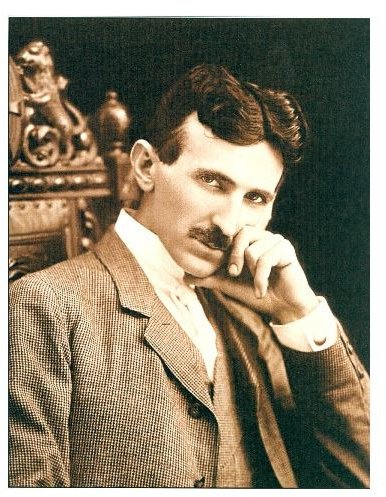Power Supplies Explained - Why Do Countries Have Different Voltages?
Thomas Edison and Direct Current
While you might be familiar with your own electrical devices and their requirements, you not might be aware that electrical goods bought in other countries are designed to run on a different voltage.
Electric travel shavers often have a switch to change between 110V and 240V (in conjunction with a mains adaptor), and this difference in voltage harks back to the very early days of mass production and distribution of electricity.
Thomas Edison – inventor of the modern lightbulb – developed the DC (direct current) standard for distributing electricity which produced 110V. Edison’s General Electric company became one of the main suppliers of electricity across the United States, but it soon became clear that the DC system was unsuitable for sending electricity across large power grids.
Nikola Tesla’s Alternating Current

The DC standard was eventually superseded in North America by Nikola Tesla’s AC system – this was a three-phase method which used three alternating currents which were slightly out of phase. Tesla knew that the most efficient frequency for the alternating current was 60Hz, and when combined, variations in the voltage were lost. This system enabled electricity to be distributed over greater distances than DC.
At first utilizing 240V, Tesla eventually compromised to reduce this to 110V in order to maintain the safety of devices designed to use the lower voltage.
Ever since, North America has used devices requiring 110V – however properties are now supplied with 220V, with a handful of appliances (stove, clothes dryer) running on this voltage and everything else on 110V.
A Worldwide Revolution
It was a slightly different story in Europe and the United Kingdom – German power company AEG established a major grip on electrical generation across the continent, while electric companies in the UK mostly matched the AEG standard of 110V AC at 60Hz. This continued until World War II where all across Europe a 220V alternating current at 50Hz was adopted.
In the UK this required an Act of Parliament to nationalise (purchase by the State) the many local electricity companies, and the subsequent standardization of current, voltage and frequency has enabled European companies to buy and sell electricity supplies depending upon demand.
The work of both men considerably changed the way mankind behaves and carries out tasks, and the story of Europe’s adoption of these standards is echoed worldwide.
